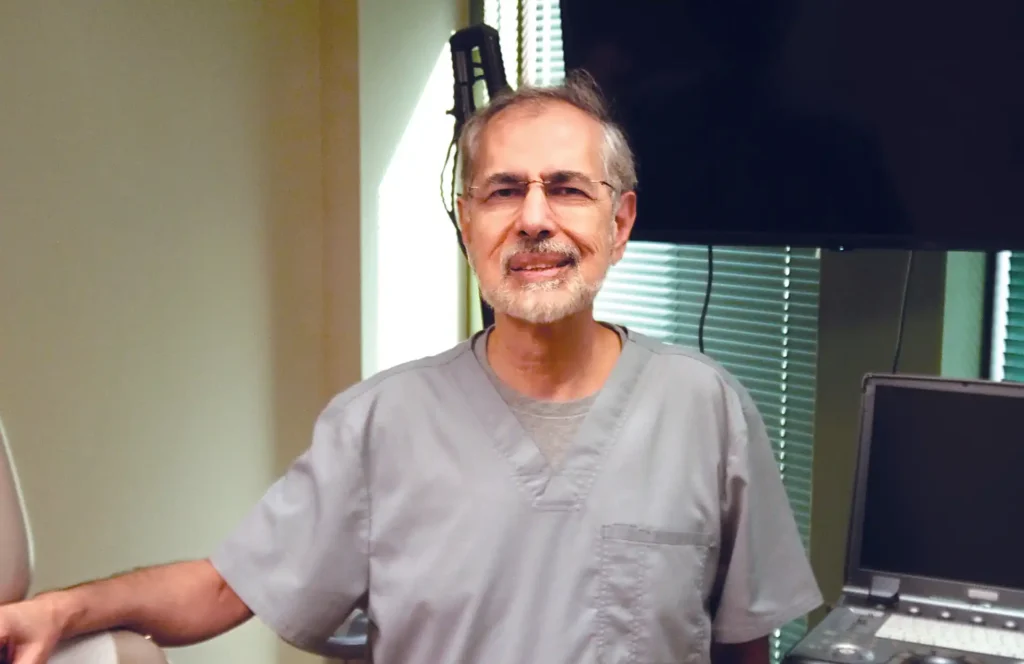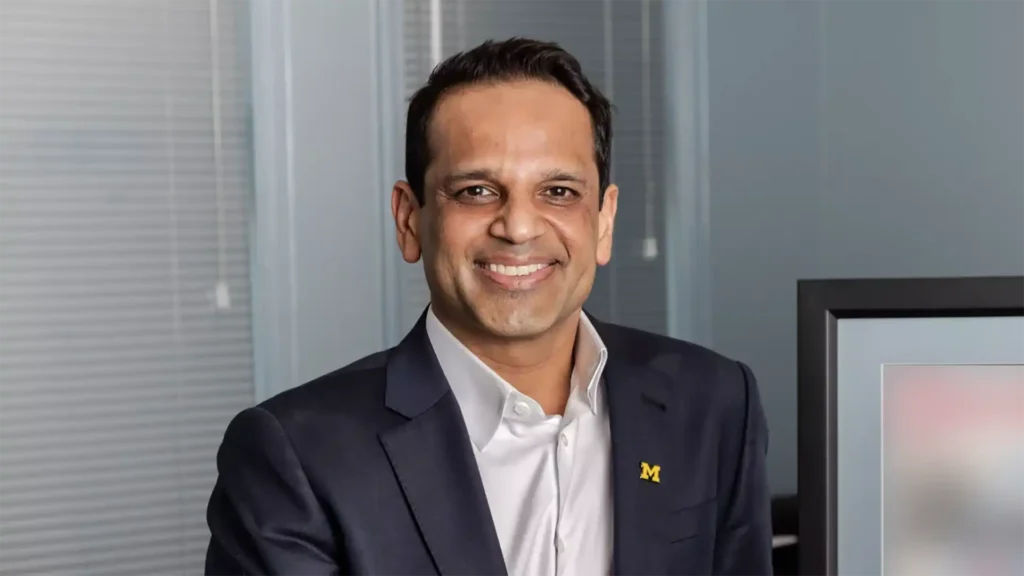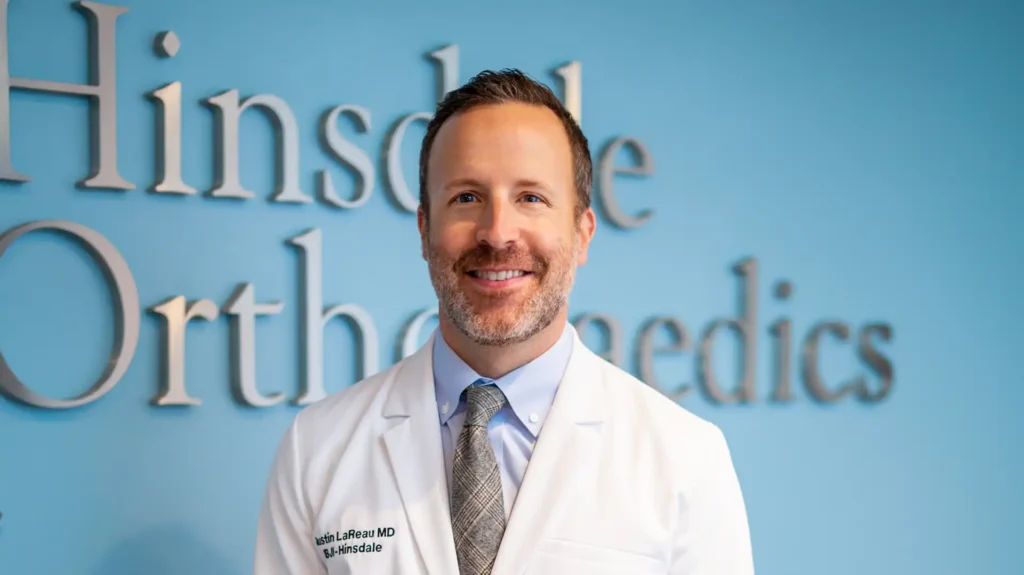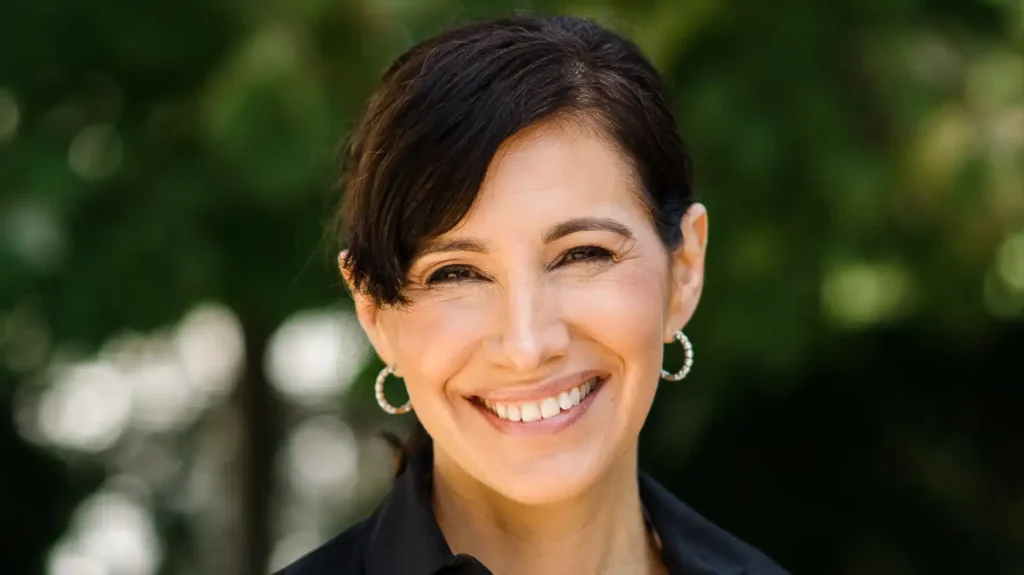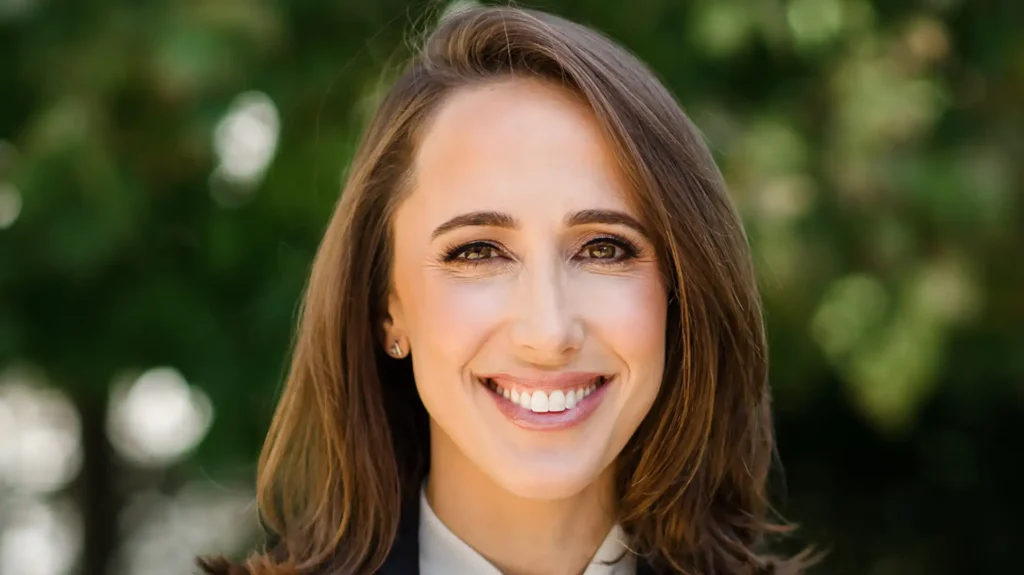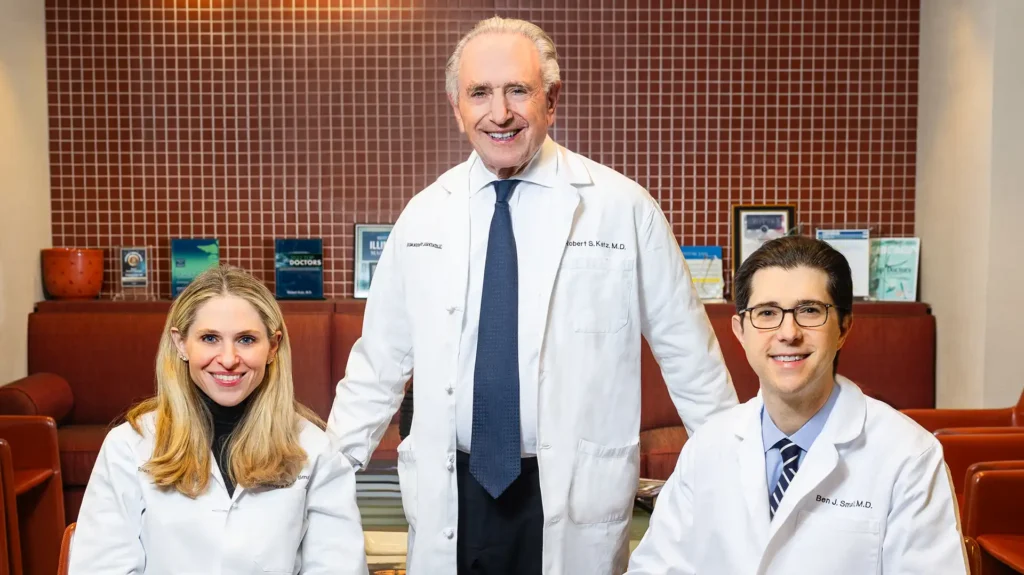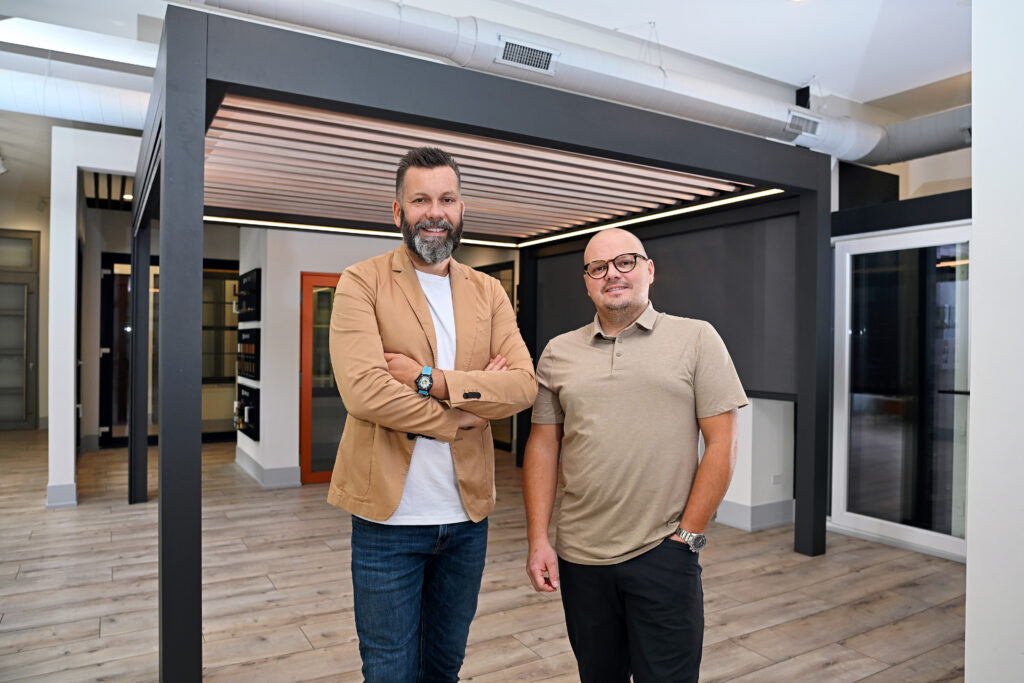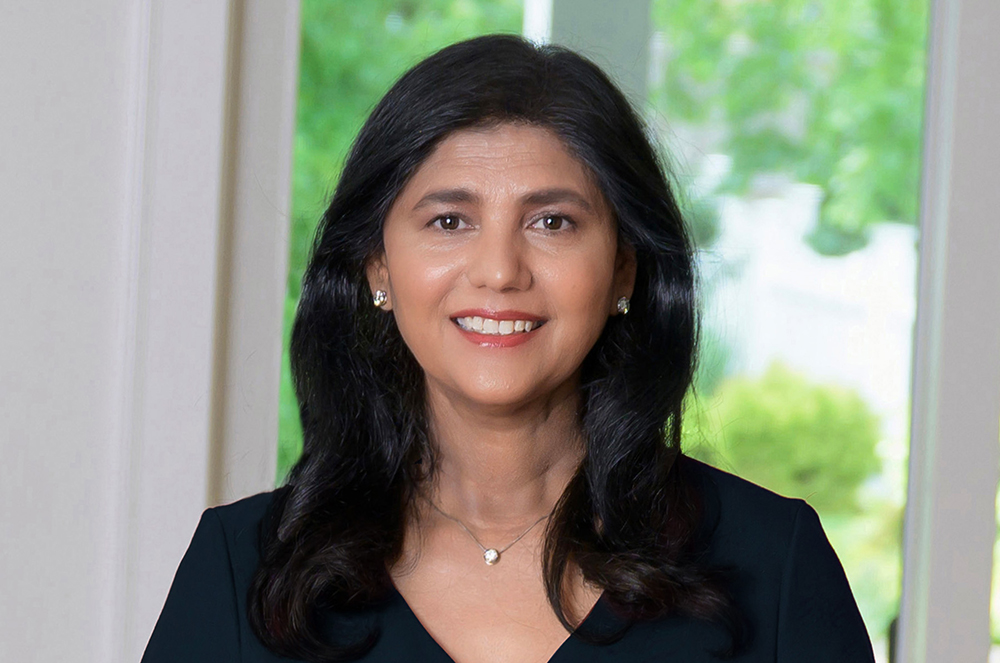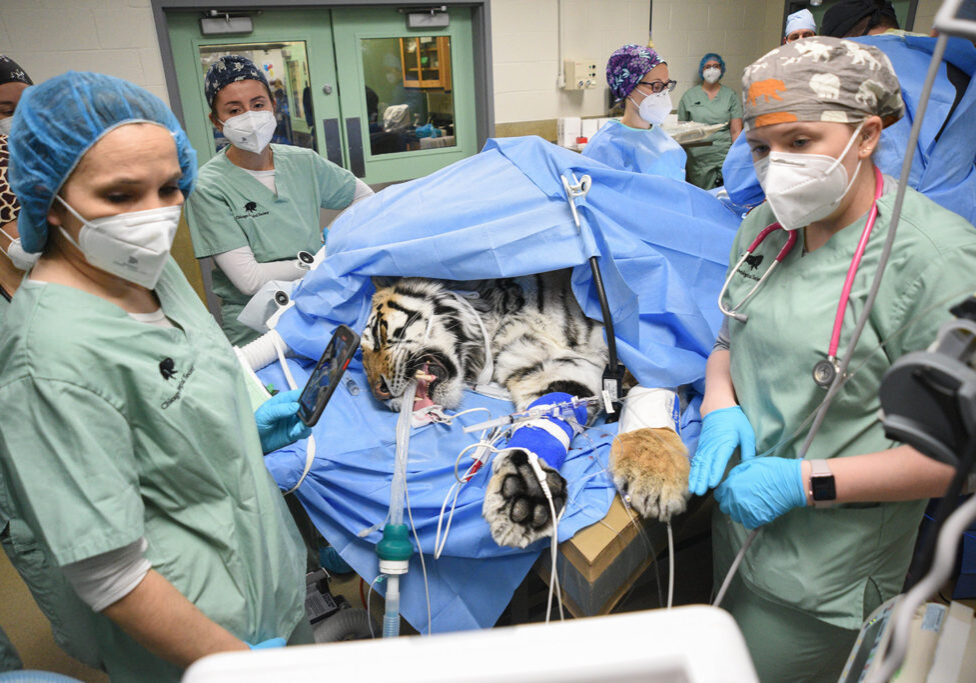
How Brookfield Zoo Takes Care of Extraordinary Animals
By Larry Atseff
Zoos are amazing places. They bring you face-to-face, within just a few inches, with animals from all over the world that you otherwise might never see except through video and pictures. Seeing such animals live, in itself, is quite a feat. Now, stop and think about how these animals must be cared for, especially rare species that are dwindling in number. We bring you the story of the extraordinary care they get at Brookfield Zoo. For the last 13 years, Dr. Michael Adkesson has been working at Brookfield Zoo’s state-of-the-art Animal Hospital, and since 2012 has been vice president of clinical medicine, overseeing the daily operations of the Veterinary Services Department. This is the group that has responsibility for the health of all the animals at the zoo. That covers more than 2,500 individual animals representing just over 500 species of mammals, birds, reptiles, amphibians, fish, and invertebrates. During this time, with his vision, this special group of doctors, technicians, and aides have brought human care capabilities to the animals, on-site, right at the zoo, at a level that few zoos have ever done. Today, thanks to their combined efforts, and donations from local “human” hospitals, the animals are receiving better and better care and living longer than their counterparts in the wild. With that advanced age though, come many of the same maladies that affect geriatric people, but better diagnoses lead to better treatment and outcomes. That means the animals have an opportunity to live longer in good health. That means you can enjoy them to the fullest when you visit. For his efforts and leadership, in October 2021, Adkesson was just named the new President and CEO of the Chicago Zoological Society, which manages Brookfield Zoo.
“In my career, I have treated all kinds of animals from penguins to bottle-nosed dolphins and the thought just dawned on me that human care techniques and equipment can truly be useful in the treatment of animals, especially animals from the wild, so why not explore it and see where it can go.”
A search for his replacement as the chief veterinarian is underway to carry on the work. As Adkesson explains it, “Today, animals are regularly examined at Brookfield with the use of CT scans, X-Rays, and other diagnostic equipment.” Thanks to donations of “large bore” CT scan machines from AMITA Health, animals of up to 660 pounds, like lions and gorillas, as well as smaller animals, can be better diagnosed. In 2019, the zoo acquired a new table that interfaces with the existing CT scanner, making it possible to accommodate animals weighing up to about 2,200 pounds, including the polar bears. Radiologists, specially trained in reading the scans of all kinds of species, provide their veterinary colleagues with better information than they have ever had on how to best treat sick and injured animals. Recently, they undertook a hip replacement surgery for a tiger. They can also better examine healthy animals. This is vital so that vets and technicians can better spot signs of illness earlier and help them recover faster. Growing historical files are becoming an invaluable library to document and better understand how all kinds of wild animals grow old. Doctor Adkesson points out: “Another perfect example of ‘human’ diagnostic equipment being used at the zoo is the addition of a pressure-sensitive walkway that enables veterinarians to see how animal patients distribute the weight of their bodies on their legs, feet, and paws. This data enables doctors to better understand when an animal is experiencing pain in a joint while walking, so they can determine the best treatment. After all, as animals get older, just like humans, they develop arthritis and other joint degeneration. Brookfield Zoo’s clinicians are constantly evolving and expanding the strategy of using ‘human’ diagnostic equipment and procedures to better treat the animals.” He says, “Veterinary schools, including the University of Illinois, offer students the opportunity to spend time at Brookfield Zoo as part of their studies.
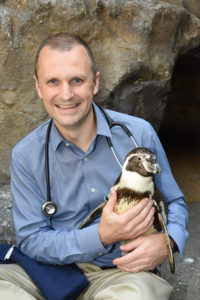
Dr. Michael Adkesson, new president of Brookfield Zoo, holding a humboldt penguin. In his former position, he was in charge of the veterinary services department at the zoo.
The rotation is highly sought after in part because of the techniques the department is pioneering.” Not surprisingly, there has been great interest and recognition of Brookfield Zoo’s efforts to increase the standards of care for zoo animals and wildlife. He adds, “Zoos provide a great opportunity to develop techniques that can be applied to wildlife programs. This application allows for true ‘Conservation medicine’ that aims to help endangered and threatened species.” Zoos all over the world often contact Brookfield Zoo for information and advice. When asked what inspired him in this direction, he said, “In my career, I have treated all kinds of animals from penguins to bottlenose dolphins. We always strive to provide the absolute best care possible. This often means that human care techniques and equipment can truly be useful in the treatment of animals.” In fact, Brookfield’s findings and expertise in this field are increasingly being used by organizations that work with animals still in the wild, all over the globe. And, to think it all started right in our own backyard. Now that you have the back story, plan a visit to Brookfield Zoo and appreciate the animals and the care they get. Take it a step further. Show your appreciation for the work being done, with a donation. The staff will welcome it. So will the animals.
*Photo provided by Brookfield Zoo



